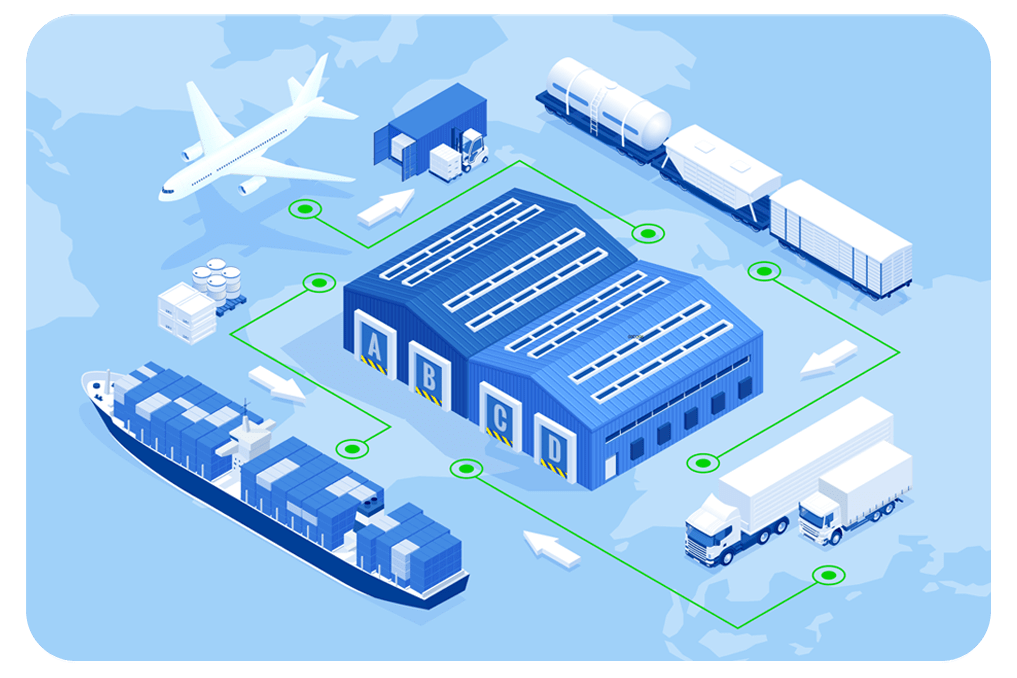
Why Does the Transportation Industry Need Reliable Mass Notification Systems?
In the fast-paced world of transportation, communication is the lifeline that keeps everything moving smoothly. Whether it’s public transit, freight logistics, or airport operations, effective and rapid communication is crucial. One tool that has become indispensable in achieving this is the Mass Notification System . These systems, often referred to as emergency mass notification systems or mass alert systems, provide real-time communication capabilities that ensure safety, efficiency, and operational continuity. In this blog, we will explore the critical role that mass notification systems play within the transportation industry.
The Importance of Real-Time Communication in Transportation
Transportation systems are complex networks that rely on synchronization and timely information exchange. Delays, accidents, or unforeseen circumstances can disrupt schedules and lead to confusion and safety risks. This is where mass communication apps come into play. They provide a platform to quickly disseminate information to passengers, staff, and other stakeholders, helping to mitigate the impact of disruptions.
Enhancing Passenger Safety with Emergency Mass Notification Systems
One of the primary applications of mass notification systems in transportation is ensuring passenger safety. In emergency situations such as severe weather, technical failures, or security threats, a mass alert system can rapidly inform passengers and guide them on the appropriate actions to take. This can include instructions on evacuation routes, shelter-in-place directives, or updates on alternative transportation options.
Case Study: Effective Use of Mass Notification During Severe Weather
Consider a scenario where a hurricane is approaching a coastal city. The local transportation authority uses an emergency mass notification system to alert all public transit passengers about the impending weather conditions. The system sends real-time updates about service disruptions, shelter locations, and alternative routes, helping to keep passengers safe and informed.
Streamlining Operations and Reducing Downtime
Apart from emergency situations, mass communication apps are also vital for day-to-day operations. Transportation companies can use these systems to coordinate schedules, manage staff communications, and keep operations running smoothly. By providing instant updates on delays, reroutes, or operational changes, a mass notification system can significantly reduce downtime and improve overall efficiency.
Application in Freight and Logistics
In the freight and logistics sector, timing and precision are everything. A mass alert system allows logistics managers to quickly communicate with drivers, warehouse staff, and other stakeholders. For instance, if a driver encounters an unexpected road closure, they can receive real-time alternative route suggestions via the mass notification app, minimizing delays and ensuring timely deliveries.
Managing Crowds and Enhancing Customer Experience
Mass notification systems are also crucial in managing crowds, especially in high-traffic areas like airports, train stations, and bus terminals. During peak hours or special events, transportation authorities can use mass communication apps to provide real-time information on schedules, crowd control measures, and service updates. This helps in managing passenger flow and enhancing the overall customer experience.
Improving Passenger Experience in Airports
Airports are a perfect example of how mass notification systems can improve the passenger experience. From gate changes to flight delays, passengers can receive updates directly on their mobile devices through a mass communication app. This reduces the stress and confusion associated with air travel, providing a smoother experience for everyone involved.
Integrating Mass Notification Systems with Other Technologies
The effectiveness of a mass notification system can be further enhanced when integrated with other technologies such as GPS, CCTV, and IoT devices. For instance, integrating a mass alert system with GPS tracking allows transportation companies to send location-specific alerts to passengers or drivers. This can be particularly useful in providing real-time updates on traffic conditions or safety alerts for specific areas.
The Role of IoT in Enhancing Mass Notification Systems
The Internet of Things (IoT) has revolutionized how we communicate and manage data. When combined with an emergency mass notification system, IoT devices can automatically trigger alerts based on real-time data. For example, if an IoT sensor detects smoke or fire in a subway station, it can instantly send alerts to all relevant personnel and passengers, ensuring a swift response.
Overcoming Challenges in Implementing Mass Notification Systems
While the benefits are clear, implementing a mass notification system in the transportation industry comes with its own set of challenges. These include ensuring system reliability, integrating with existing infrastructure, and addressing privacy concerns. However, with advancements in technology and a focus on user-centric design, these challenges can be effectively managed.
Ensuring System Reliability
System reliability is crucial in emergency situations. Transportation companies must choose a mass notification system that guarantees uptime and provides redundant communication channels, such as SMS, email, and app notifications, to ensure that messages reach their intended recipients without delay.
Conclusion
In the ever-evolving landscape of transportation, the ability to communicate effectively and in real-time is more critical than ever. Mass notification systems provide the tools needed to manage emergencies, streamline operations, and enhance the passenger experience. By investing in a reliable mass notification system, transportation companies can ensure the safety, efficiency, and satisfaction of their passengers and staff. Whether it's through an emergency mass notification system or a comprehensive mass communication app, the future of transportation lies in smart, connected, and responsive communication solutions.
Recent Blogs
What does AlertifyApp do? The Power of AlertifyApp
13 Aug, 2024
Why Do I Need an Emergency Communication System?
18 Jul, 2024
Effective Internal Communication with Alertify
01 Jun, 2024


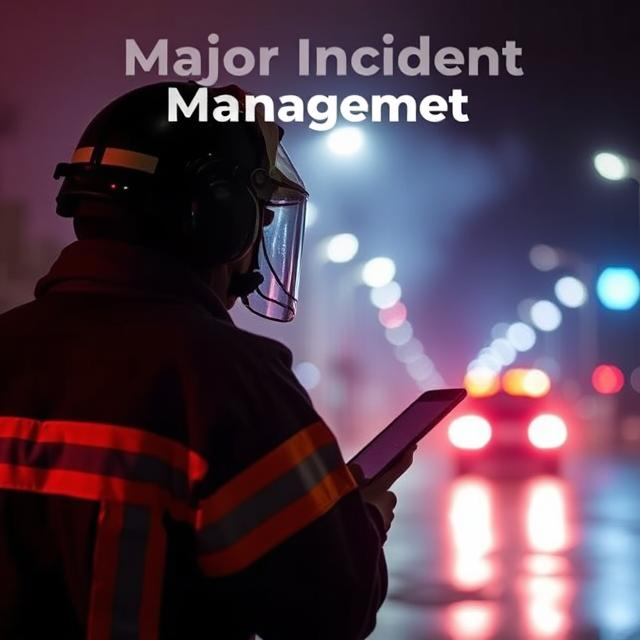
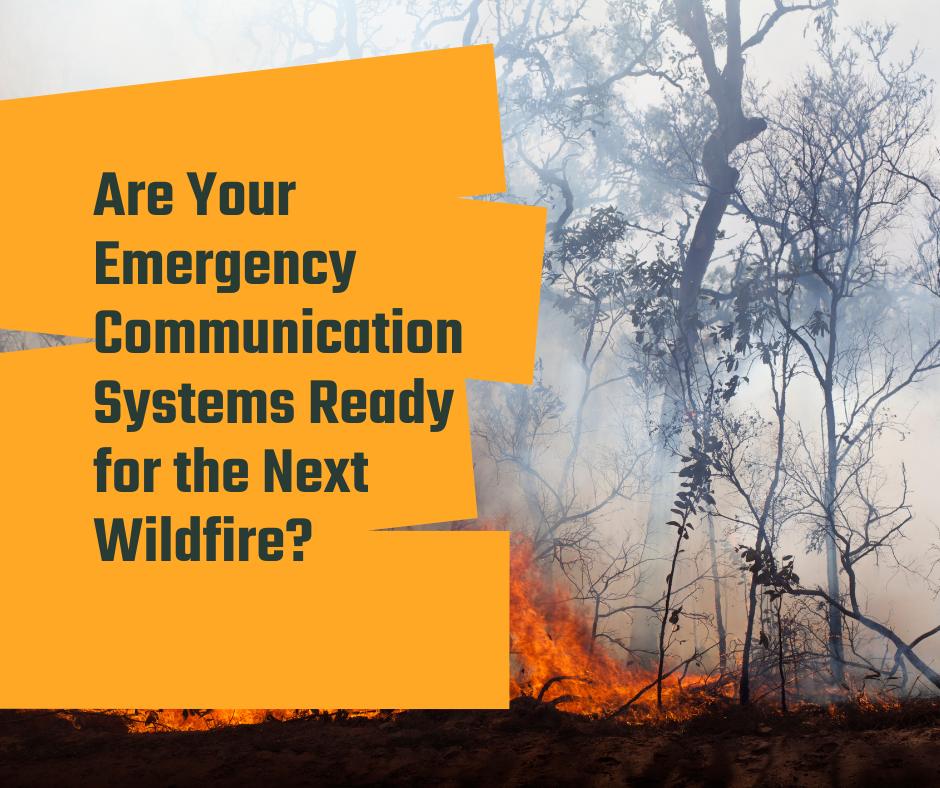


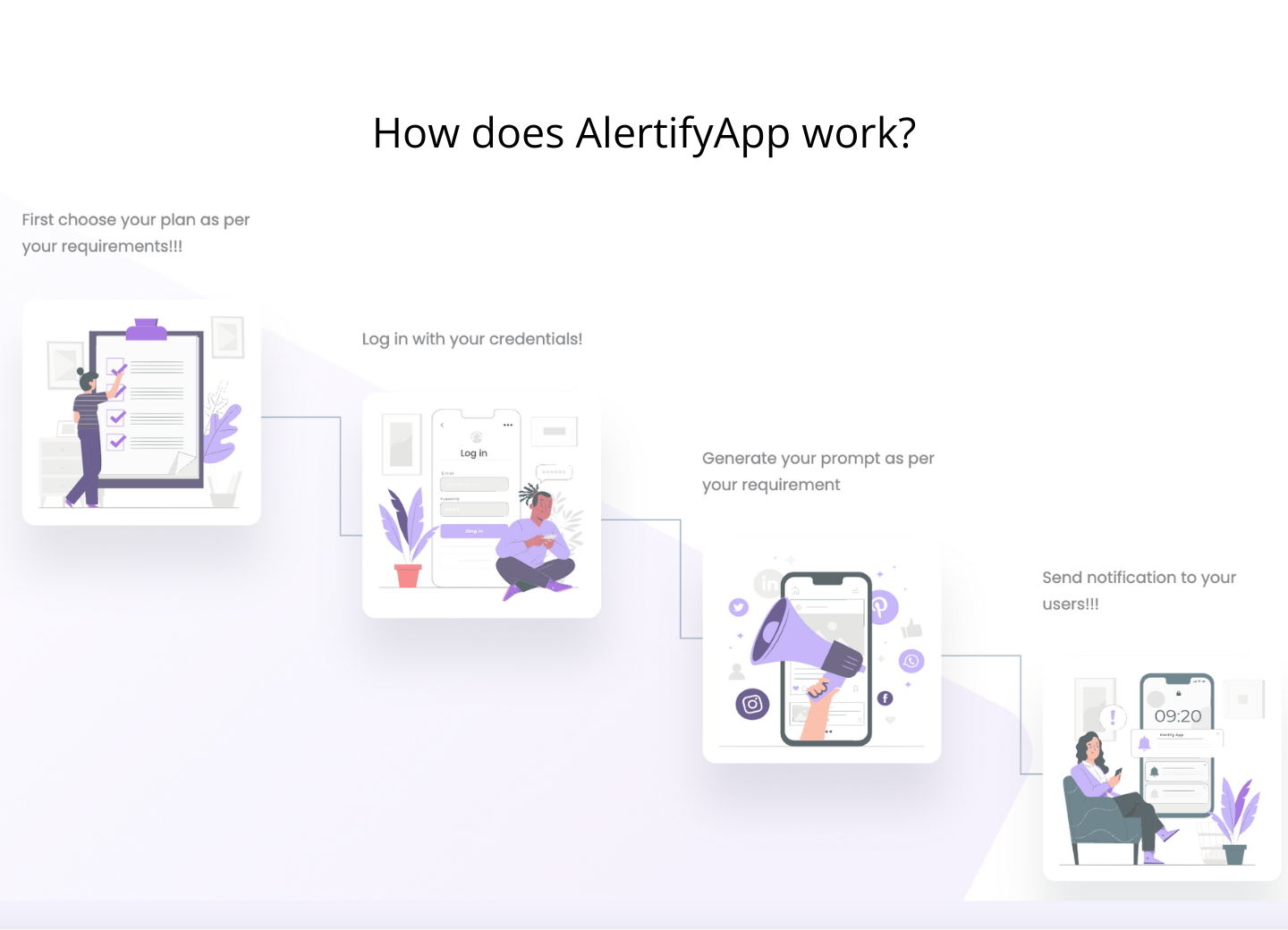
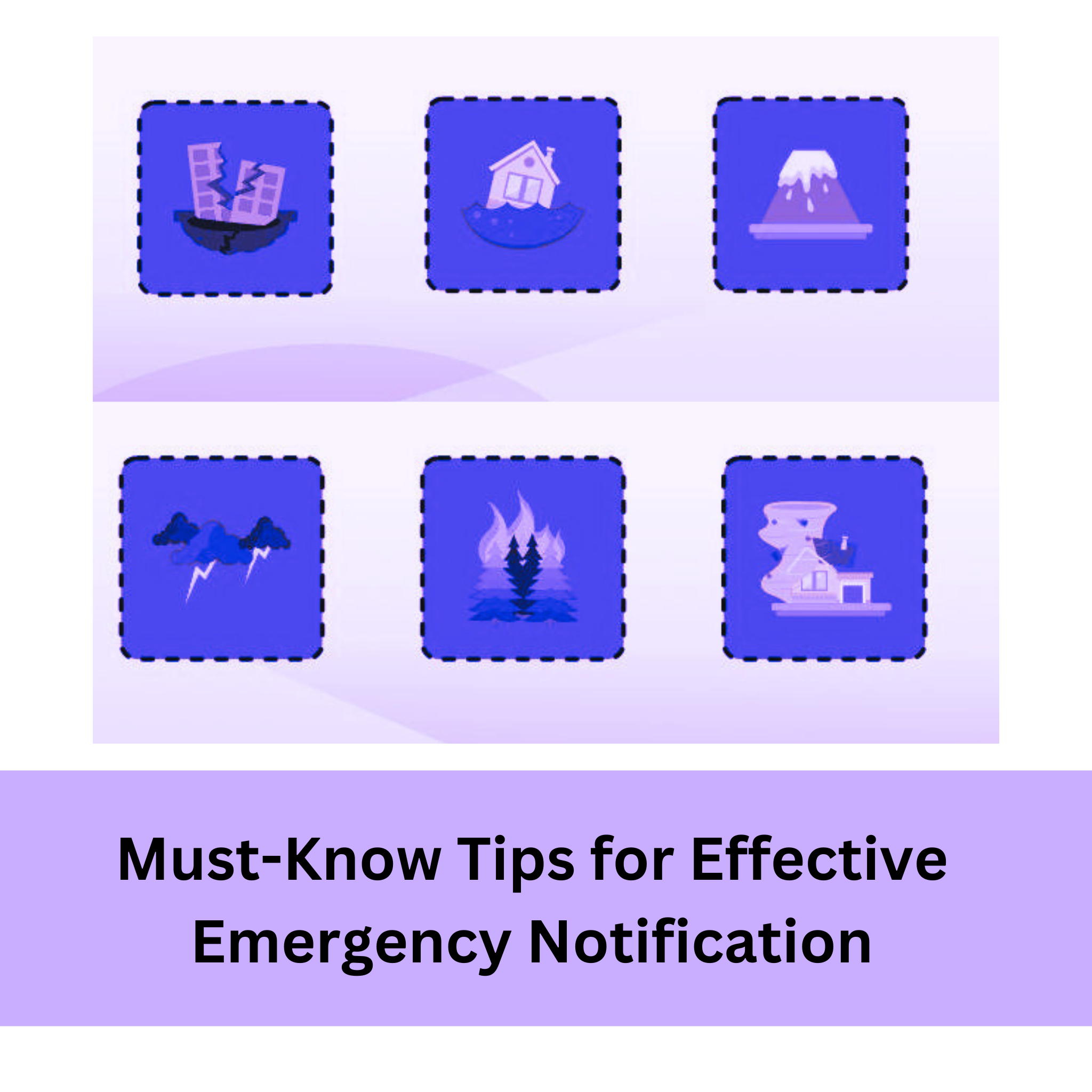
-min.png)

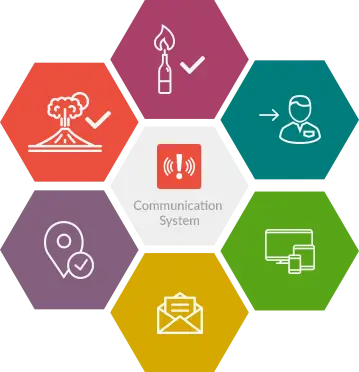

.png)
.png)
.png)
.png)

.png)
.png)
.jpg)
.jpg)

